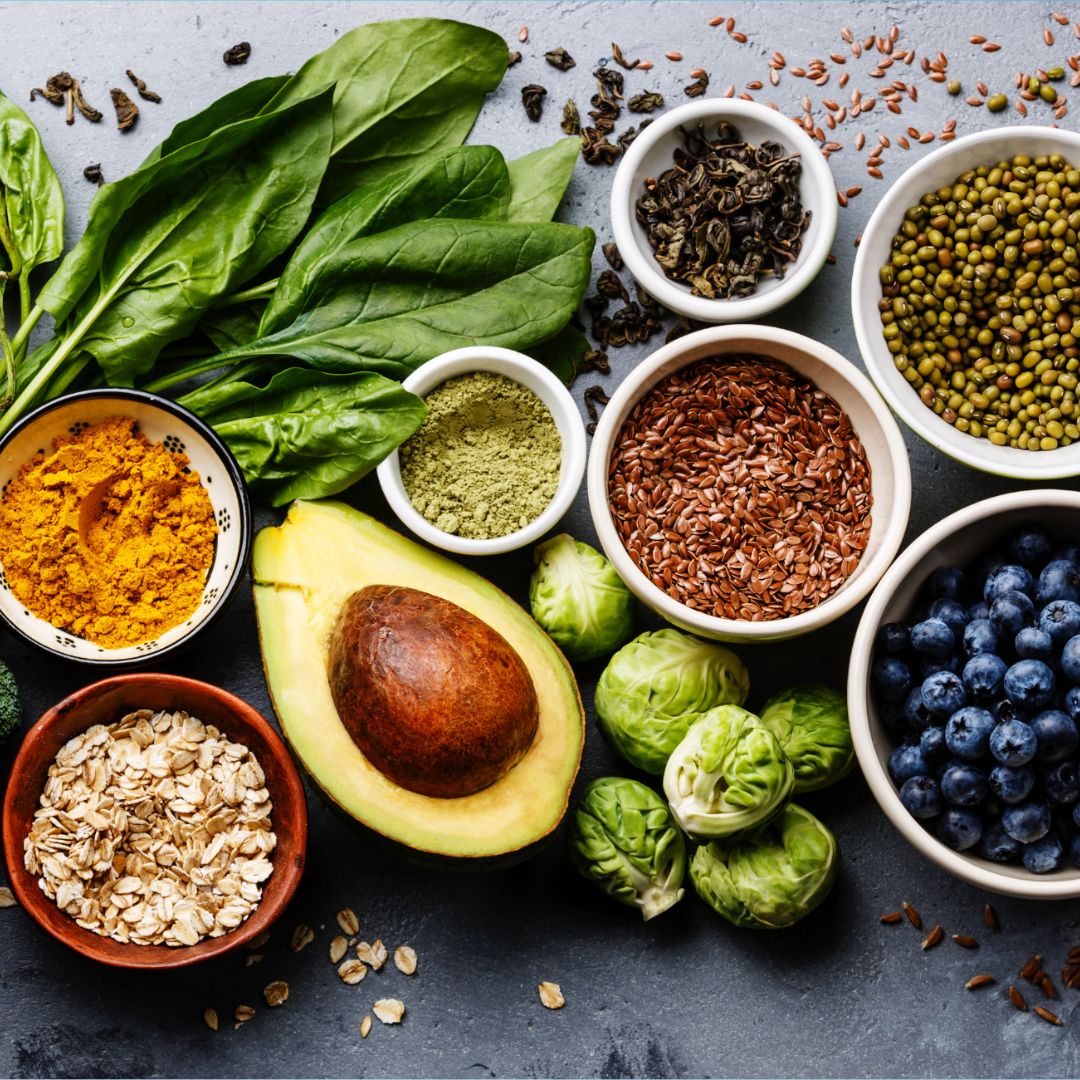
5 Simple Food Swaps to Beat Sugar Cravings with PCOS
Many women with PCOS describe feeling stuck in a cycle of cravings, fatigue, and energy dips. I often hear clients say things like:
These are signs that your blood sugar might be fluctuating more than it should be. When blood sugar rises quickly after eating, the pancreas releases insulin to move glucose into your cells for energy. Over time, repeated spikes can make the body less responsive to insulin’s signal — a key feature of PCOS known as insulin resistance.
Balancing blood sugar helps reduce cravings, stabilise energy, and support hormone regulation. And the good news is, it doesn’t mean cutting out all carbohydrates! We just need to make a few simple swaps that help your body use energy more efficiently.
Swap 1: White carbs → colourful veggies and legumes
Refined carbohydrates such as white bread, pasta, or rice are digested quickly, leading to sharp rises in blood sugar and insulin. Replacing some of these with non-starchy vegetables and fibre-rich legumes can help keep blood sugar steady and provide more vitamins, minerals, and antioxidants.
Try switching to:
Vegetables and legumes add fibre, colour, and texture to meals while supporting healthy digestion and a more balanced insulin response. For ideas, see our Courgetti – Three Ways recipe.
Swap 2: Sugary snacks → protein-based snacks
That mid-afternoon biscuit or cereal bar may give a quick lift, but it often leads to a crash soon after. Protein slows digestion and releases glucose gradually, helping you stay satisfied for longer.
Try replacing sugary snacks with:
A little protein between meals helps stabilise mood and energy while reducing the urge to reach for something sweet.
Swap 3: Fruit juice → fruit paired with protein
Fruit juice, even when labelled “100% pure”, contains concentrated sugars without the fibre that helps slow absorption. This can cause a quick rise and fall in blood sugar.
Whole fruit is a better option, especially when paired with protein or healthy fats to keep energy steady. For example:
Pairing fruit with protein supports satiety and smoother energy through the morning or afternoon.
Swap 4: Sugary breakfasts → savoury, protein-rich breakfasts
Starting the day with a sugary cereal or pastry may feel comforting, but it often leads to mid-morning energy dips. A savoury, protein-rich breakfast balances blood sugar and supports hormone health throughout the day.
Try options like:
These breakfasts combine protein, healthy fats, and fibre to help you stay full, focused, and energised.
Swap 5: Processed ready meals → simple home-prepped meals
Ready meals are convenient but often contain refined oils, added sugars, and low-quality fats that can make blood sugar harder to manage.
Cooking simple meals at home doesn’t need to be complicated. Start small:
Even one or two home-cooked meals each week can help improve energy, digestion, and overall wellbeing.
Small changes, big impact
Balancing blood sugar isn’t about restriction or perfection, it’s about consistency. Small, everyday swaps can support steadier energy, reduce cravings, and make it easier to manage PCOS symptoms in the long term.
Try one or two of these swaps this week and notice how your body responds. Over time, these small steps can make a real difference to your energy, mood, and hormonal balance.
For more on managing symptoms, visit my blog on PCOS Symptoms.
If you’re ready to balance your blood sugar and feel more energised, book a free discovery call to explore how a personalised nutrition plan can support your PCOS journey.
This article is for educational purposes only and does not replace medical advice or diagnosis.